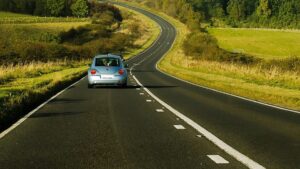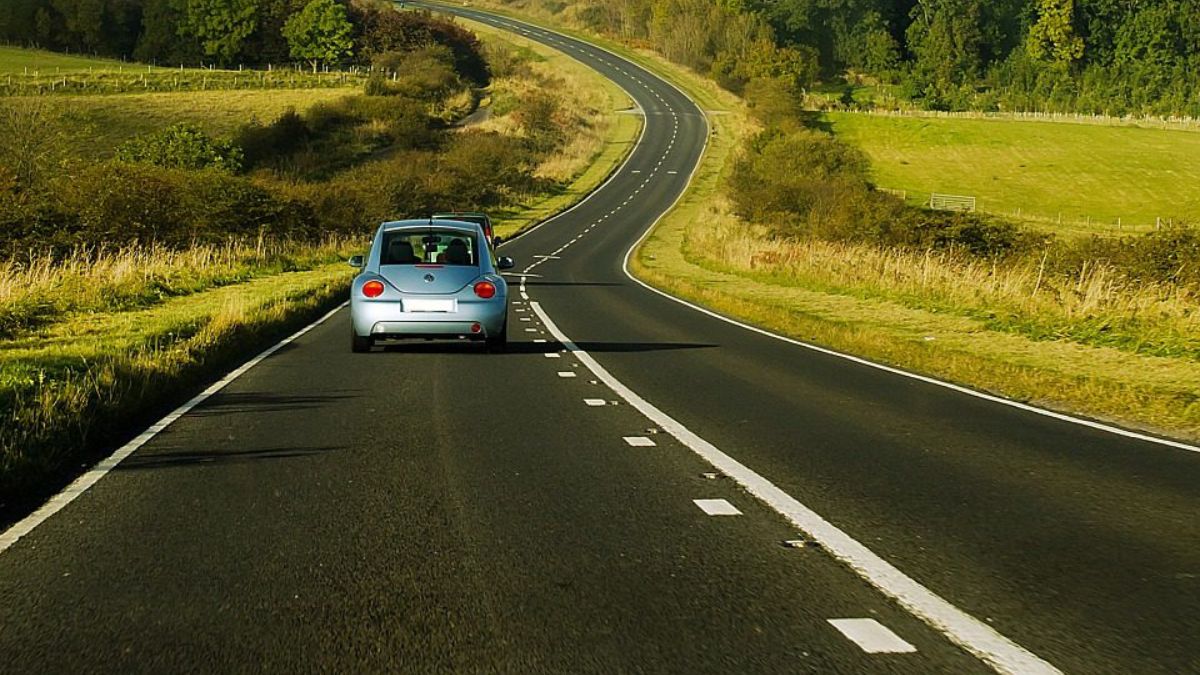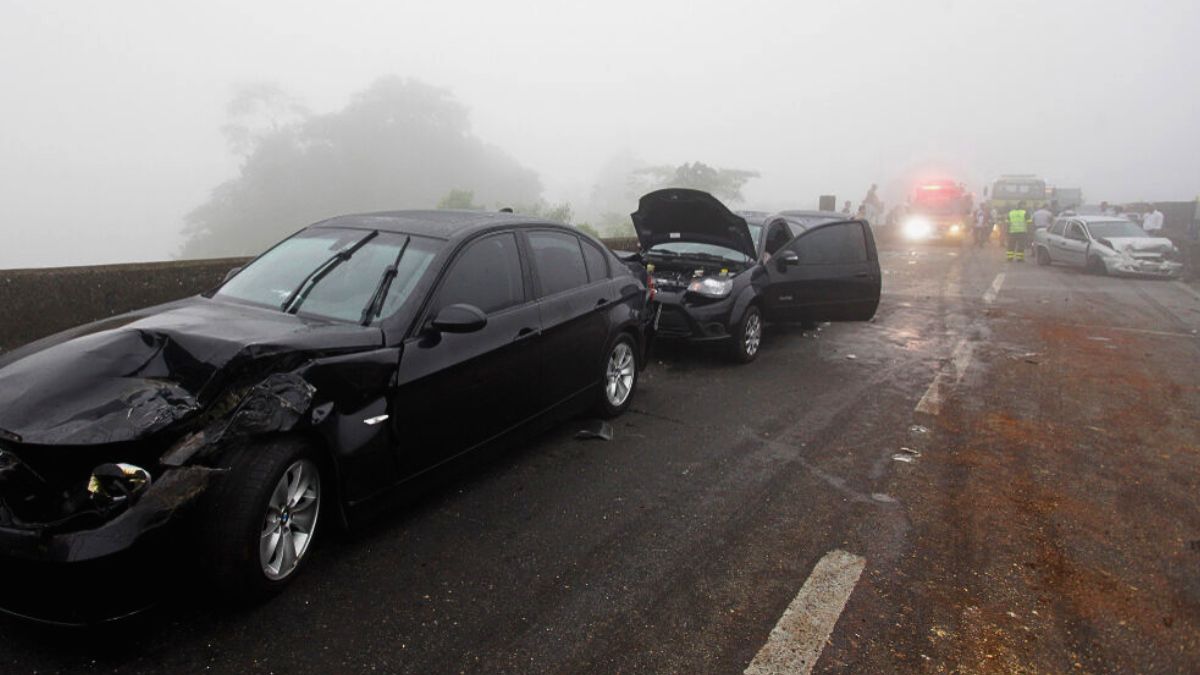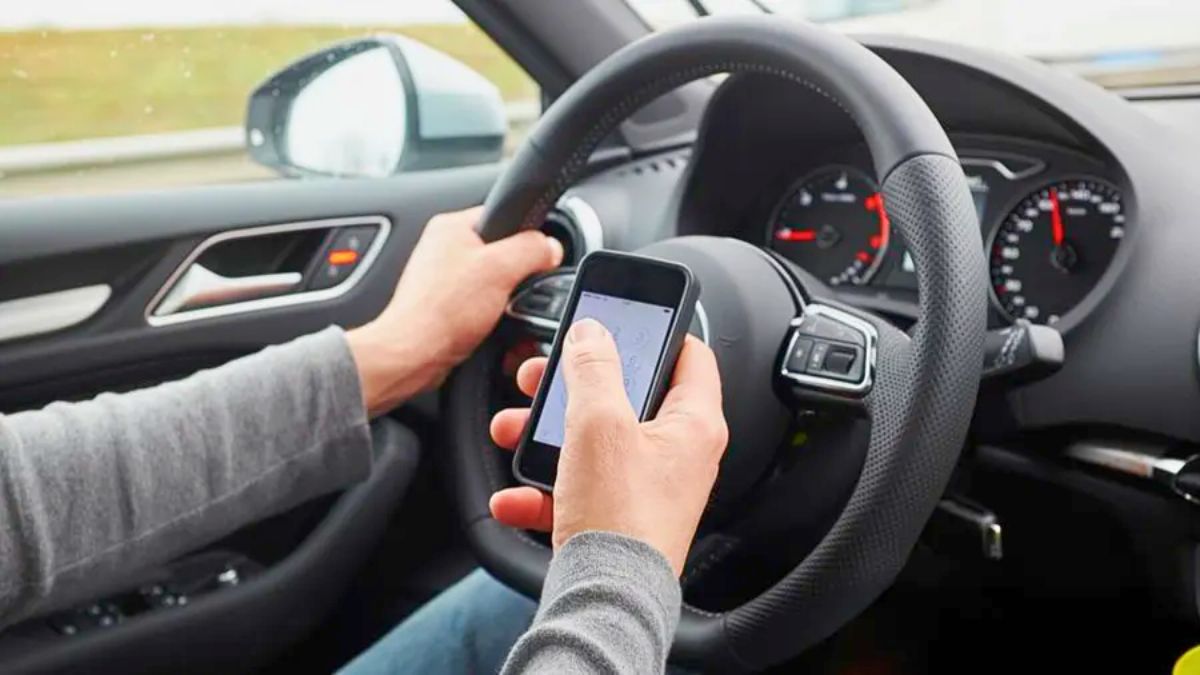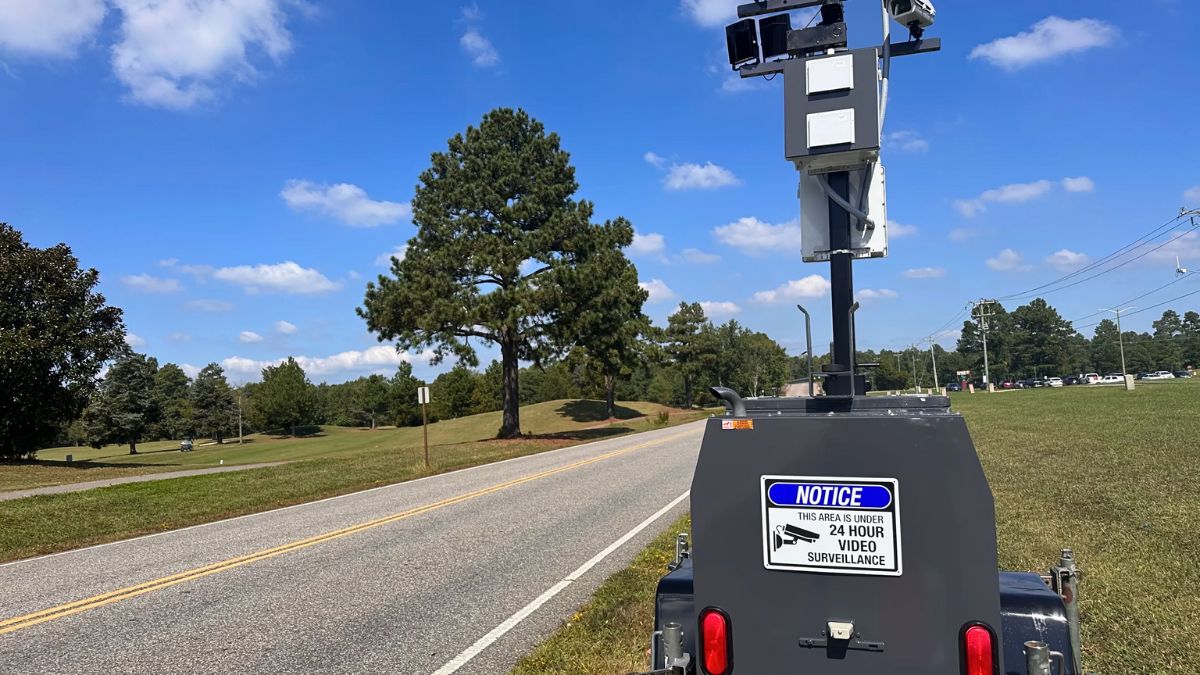Planning a long road trip? Whether you’re cruising down I-95 or exploring Virginia’s backroads, gas costs can stack up fast. The good news? With just a few smart tweaks to how you drive and maintain your car, you can stretch your fuel farther and keep more money in your pocket.
Here’s how to save gas and make every gallon count during those long hauls.
Speed
Speeding doesn’t just get you tickets—it also guzzles fuel. Your car is most fuel-efficient between 50–65 mph. Once you hit 70 mph or more, your gas mileage starts to drop fast.
Every 5 mph over 60 is like paying an extra 20–25 cents per gallon. So if you’re in no rush, set cruise control, stay in the right lane, and enjoy the ride. You’ll get better mileage and avoid those stressful fast-lane moments.
Tire
Underinflated tires are sneaky fuel wasters. When your tires don’t have enough air, they create more resistance, which forces your engine to work harder.
Before hitting the road, check the pressure using a digital tire gauge and compare it to the recommended PSI (usually found on a sticker inside the driver’s door). Even a few PSI low can reduce your mileage by 1–2 miles per gallon.
Bonus: properly inflated tires also improve safety and make your car handle better.
Weight
The more weight your car carries, the more gas it burns. Every 100 extra pounds can cut fuel economy by up to 2%. So ditch the rooftop cargo box if you don’t need it, and clean out the trunk before your trip.
It’s easy to think, “I might need this,” but on a long drive, all those just-in-case items can quietly drag down your MPG.
Idling
Idling for long periods wastes fuel. If you’re stopping for more than a minute or two—like waiting in a long drive-thru line—consider turning the engine off (especially in cooler weather).
Modern engines use less fuel restarting than they do idling for several minutes. Plus, you’ll keep your emissions down.
AC
Air conditioning is a fuel killer, especially on older cars. At highway speeds, it’s more efficient to run the AC than to open the windows (because open windows increase drag). But when you’re driving under 45 mph, crack the windows instead and give your engine a break.
Try using the recirculate setting on your AC too—it cools the car more efficiently and uses less power.
Maintenance
A well-maintained engine burns fuel more cleanly. Here’s what to stay on top of:
| Maintenance Task | Frequency | Fuel Impact |
|---|---|---|
| Oil Change | Every 5,000–7,500 mi | 1–2% MPG boost |
| Air Filter Replace | Every 15,000–30,000 mi | Better airflow |
| Spark Plug Check | Every 30,000+ mi | Smoother burn |
| Fuel Injector Clean | As needed | Better combustion |
Regular maintenance doesn’t just save fuel—it keeps your car running longer and smoother.
Driving
Smooth driving = smart fuel use. Avoid rapid acceleration, hard braking, and stop-and-go patterns when possible. Instead, accelerate gently and anticipate stops so you can coast.
Use cruise control on open highways to keep a steady speed, and try to plan your route ahead to avoid heavy traffic or hills that force your car to work harder.
Cutting fuel use on long drives isn’t about complicated hacks—it’s about making a few conscious changes. Drive smarter, pack lighter, and treat your car right, and you’ll notice the difference at the pump.
FAQs
What speed gives best fuel economy?
Between 50–65 mph is most efficient.
Do underinflated tires use more fuel?
Yes, they increase rolling resistance and waste gas.
Should I use AC or open windows?
Use AC on highways, windows at low speeds.
Does idling waste gas?
Yes, turn off the engine if stopping over a minute.
How does weight affect MPG?
Every 100 lbs can reduce fuel economy by 2%.

